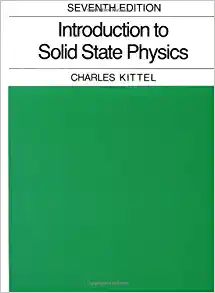Answered step by step
Verified Expert Solution
Question
1 Approved Answer
When current passes through a resistive element (for example a light bulb) power is dissipated (the light bulbs emits light). The power dissipated is P=IV.
When current passes through a resistive element (for example a light bulb) power is dissipated (the light bulbs emits light). The power dissipated is P=IV. Using Ohm's law this can be rewritten in two other ways P = I 2R = V 2/R. Open the link (https://phet.colorado.edu/en/simulation/legacy/battery-resistor-circuit) and download/run the applet or use https://phet.colorado.edu/sims/cheerpj/battery-resistor-circuit/latest/battery-resistor-circuit.html. The simulation shows a resistor and battery. The process of dissipate power causes the restive element to heat up (the light bulbs get hot); that's the name Joule heating. There is ammeter which shows the current and a bar displays how hot the resistor gets. The controls on the right allow you to change the voltage of the battery and the value of the resistance. 7. How does the temperature of the resistor change as you increase the voltage? 8. How does the temperature of the resistor change as you increase the resistance? Set the resistance to R = 0.53 and the voltage of the battery to V = 12V. 9. What is the power being dissipated through the resistor? (J/s) 10. What is the current through the resistor? (A)
Step by Step Solution
There are 3 Steps involved in it
Step: 1

Get Instant Access to Expert-Tailored Solutions
See step-by-step solutions with expert insights and AI powered tools for academic success
Step: 2

Step: 3

Ace Your Homework with AI
Get the answers you need in no time with our AI-driven, step-by-step assistance
Get Started


